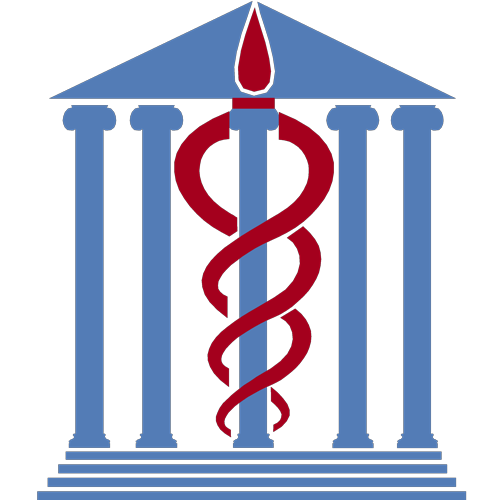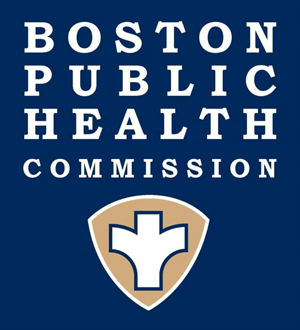Planning Resources
This section contains several types of planning resources: comprehensive planning guides for developing, revising, and/or evaluating existing response plans; publicly available infectious disease response plans from public health and healthcare organizations; information on legal and regulatory considerations, and reporting and surveillance resources.
MUST READS
- EMS Infectious Diseases Playbook EMS
ASPR TRACIE
The purpose of this playbook is to unify multiple sources of information in a single planning document addressing the full spectrum of infectious agents, in order to create a concise reference resource for EMS agencies developing their service policies. It includes guidance on Dispatch/Responder Actions; Standard, Contact, Droplet, Airborne, Special Respiratory, and EVD-VHF precautions; and a section with resources and special considerations.
- Managing Solid Waste Contaminated with a Category A Infectious Substance
U.S. Department of Health & Human Services ASPR
The main component of this guidance addresses planning for Category A waste management activities, including considerations for developing, evaluating, and revising organizational (e.g., hospital) or jurisdictional (e.g., state, territorial, or local) plans. Several accompanying appendices provide users with information about pathogens classified as Category A infectious substances, decision-making for waste treatment and disposal activities, communicating effectively about safe waste management and associated issues, and additional related resources.
- Infection Prevention and Control of Epidemic- and Pandemic-Prone Acute Respiratory Infections in Health Care
WHO
This guide provides recommendations, best practices and principles for non-pharmacological aspects of infection prevention and control (IPC) for acute respiratory infections (ARI) in health care, with special emphasis on ARI that can present as epidemics or pandemics. The guidelines are intended to help policy-makers, administrators and health-care workers to prioritize effective IPC measures.
- Hospital All‐Hazards (HAH) Self‐Assessment Hospitals
CDC
This self-assessment is designed to help assess and identify potential gaps in a facility's all-hazards emergency plans. It is suited to evaluating an already trained hospital staff. Upon completing the HAH, it can be use it to modify aspects of these plan(s). Individuals are encouraged to update the HAH as changes to plan(s) are made, and to include the HAH with preparedness planning documents. The HAH is geared towards hospital preparedness staff, including planners, administrators, and other key personnel. Facilities may share this information with community partners (such as local public health, emergency management, and other healthcare entities) to integrate all plans into a coordinated community plan.
- 2017-2022 Health Care Preparedness and Response Capabilities
U.S. Department of Health & Human Services ASPR
Intended to assist state, local, Healthcare Coalition, and ESF #8 planners identify gaps in preparedness, determine specific priorities, and develop plans for building and sustaining healthcare specific capabilities. Capability 4 is Medical Surge: Health care organizations—including hospitals, emergency medical services (EMS), and out of-hospital providers—deliver timely and efficient care to their patients even when the demand for health care services exceeds available supply. Objective 2 of Capability 4 is Respond to a Medical Surge: Health care organizations and the HCC will need to respond to a surge in demand for health care services because of an emergency. Activity 9 (page 53) is Enhance Infectious Disease Preparedness and Surge Response: Both health care organizations and the HCC have roles in planning for and responding to infectious disease outbreaks that stress either the capacity and/or capability of the health care delivery system.
- Public Health Emergency Preparedness and Response Capabilities Public Health
CDC
The 2018 Public Health Emergency Preparedness and Response Capabilities: National Standards for State, Local, Tribal, and Territorial Public Health recognizes the maturity and experience jurisdictional public health emergency preparedness and response programs have gained since 2011. As with the 2011 version, technical content is informed by applicable guidance, science, practice, and input from subject matter experts.
San Francisco Department of Public Health
This Infectious Disease Emergency Response (IDER) Plan is a functional response guide for the Incident Commander and other responders. The IDER Plan includes a Core Plan, four scenario-based Annexes, and Appendices. The Core Plan is modular and provides overall guidance for infectious disease emergencies. Depending on the situation parts of the plan can be activated and deactivated as necessary. The Annexes include specific recommendations for the following situations: Respiratory Aerosol Transmissible Diseases, Bioterrorism Events, Biological Agent Detection in the Environment, and Waterborne Outbreaks or Threats.
Bellevue Hospital
This response guide provides a protocol to screen, isolate, and treat patients who present to the facility with suspected or confirmed Ebola Virus Disease while minimizing the risk of transmission to health care workers and others.
NYC Health + Hospitals
This document provides NYC Health + Hospitals a strategic high-level overview based on the health care facility tiered approach to safely and effectively manage and respond to persons/patients with suspected or confirmed Ebola Virus Disease (EVD).
Medical Countermeasures (MCM) Legal, Regulatory and Policy Framework MUST READS
MDPH
This web page provides information regarding the reporting and control of infectious disease in Massachusetts, useful for local health departments, clinical providers, and laboratories.
CDC
This webpage includes a standardized template for assessing legal authorities, a hypothetical scenario and instructions for conducting a Legal Consultation Meeting, and examples of completed documents from the state of Michigan and the Commonwealth of Virginia.
CDC
This webpage includes definitions of key terms, a list of diseases for which isolation and quarantine can be authorized, and a summary of related federal, state, local, and tribal laws.
Association of State and Territorial Health Officials
The toolkit addresses key concepts regarding federal and state emergency declarations and the various response authorities and liability protections these declarations can initiate.
American Health Lawyers Association
This guidebook reviews legal and ethical issues for healthcare providers and community leaders to consider when preparing for and responding to a pandemic or other large-scale outbreak.
CDC
The PHEP Clearinghouse is a central repository for emergency preparedness-related statutes, regulations, orders, reports, and legal tools. The Clearinghouse is intended to aid jurisdictions considering updates and clarifications to their public health emergency legal preparedness activities.
CDC
Centers for Disease Control and Prevention’s (CDC’s) Public Health Law Program (PHLP) prepared the following annotated list of selected, commonly cited federal legal authorities for reference by public health officials, legal counsel, and others.
CDC
The United States Code is a consolidation and codification by subject matter of the general and permanent laws of the United States. Sections 264-272 of the portion of the code apply: Title 42 – The Public Health and Welfare, Chapter 6A – Public Health Service, Subchapter II – General Powers and Duties, Part G – Quarantine and Inspection.
U.S. Food and Drug Administration
The FDA works within this framework to ensure that the U.S. legal system effectively supports public health emergency preparedness and response. This web page includes links to related legislative materials.
« Previous | Topic Home | Next »

